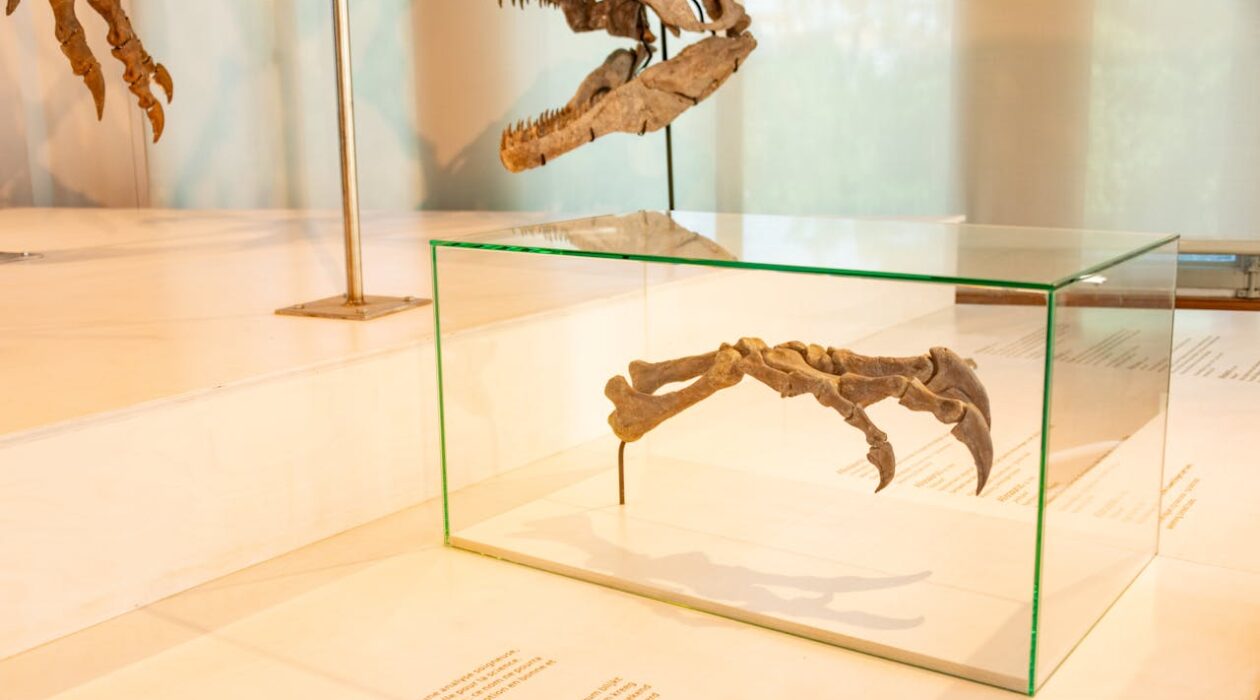Dinosaurs have always been a source of fascination, and one of the most intriguing aspects of these ancient creatures is their teeth. Imagine a dinosaur with 500 teeth! These prehistoric giants had a diverse range of dental adaptations that allowed them to thrive in various environments and consume a wide variety of foods.
The diversity of dinosaur teeth is truly remarkable. From sharp, serrated teeth designed for tearing flesh to flat, grinding teeth suited for processing tough plant material, dinosaur teeth were adapted to their specific diets. Some dinosaurs, like the Tyrannosaurus rex, had teeth that were designed to inflict maximum damage on their prey. These teeth were long, sharp, and serrated, perfect for tearing through the flesh of other dinosaurs.
On the other hand, herbivorous dinosaurs like the Triceratops had teeth that were well-suited for grinding tough plant material. These dinosaurs had rows of flat teeth that were perfect for chewing and grinding fibrous plants. In some cases, dinosaur teeth were replaced throughout their lives, much like sharks today. This constant replacement allowed dinosaurs to maintain a healthy, functional set of teeth throughout their lives.
One of the most fascinating examples of dinosaur teeth is that of the Nigersaurus. This dinosaur had a mouth full of more than 500 teeth! These teeth were arranged in rows, and the dinosaur used them like a conveyor belt to continuously strip leaves from plants. This unique adaptation allowed the Nigersaurus to efficiently consume large quantities of vegetation, making it one of the most successful herbivorous dinosaurs of its time.
Another interesting example is the Spinosaurus, which had conical teeth that were well-suited for catching slippery fish. These teeth were ideal for gripping onto prey and preventing it from escaping. In addition to their sharp teeth, Spinosaurus also had a long, crocodile-like snout that allowed it to hunt for fish in rivers and lakes.
The study of dinosaur teeth can tell us a lot about these ancient creatures and their behavior. By analyzing the shape, size, and arrangement of dinosaur teeth, paleontologists can make educated guesses about what these animals ate and how they lived. For example, sharp, serrated teeth are often an indication of a carnivorous diet, while flat, grinding teeth are usually found in herbivorous dinosaurs.
In addition to providing valuable information about dinosaur diets, studying their teeth can also help us understand how these animals evolved over time. By comparing the teeth of different dinosaur species, scientists can track changes in diet and behavior and gain insights into the evolutionary relationships between different groups of dinosaurs.
In conclusion, dinosaur teeth are a fascinating subject of study that can tell us a lot about these ancient creatures and their behavior. From the fearsome jaws of the Tyrannosaurus rex to the conveyor belt-like teeth of the Nigersaurus, dinosaur teeth come in a wide variety of shapes and sizes, each adapted to the unique needs of its owner. By studying these teeth, scientists can unlock the secrets of the dinosaur world and gain a better understanding of how these magnificent creatures lived and evolved







